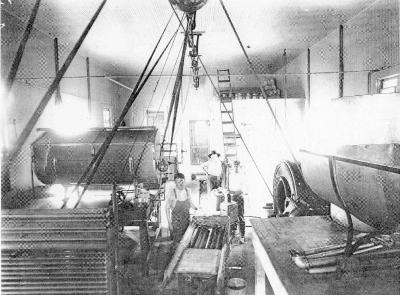Camel Cooler Premium - c. Mid 90s

Back in the 90s, when smoking was still only bad for you, and not yet considered murder by big business, cigarette companies gave premiums away if you bought a certain number of packs. Sometimes it was lighters, sometimes shirts, and every once in a while it was something practical!
Here is a 6-Pack Cooler from Camel Cigarettes that I ran across while cleaning out my storage unit. Just barely big enough to hold 6 cans of the beverage of your choice, this was a pretty nice premium. Salem came out with one about the same time.
Critics of the tobacco companies often accuse them of pandering to minors, but if that's the case, why did they give away twelve pack coolers with Winston, instead of with Camel?
At any rate, any beer vendors out there ought to beware. Right now, beer is just bad for you. But there are folks out there trying to make the case that beer is murder by large corporations, and they are working to eliminate it.
Oops. Sorry. Got off on one of my rants. Won't happen again.
posted by hiikeeba at 08:11 0 comments










